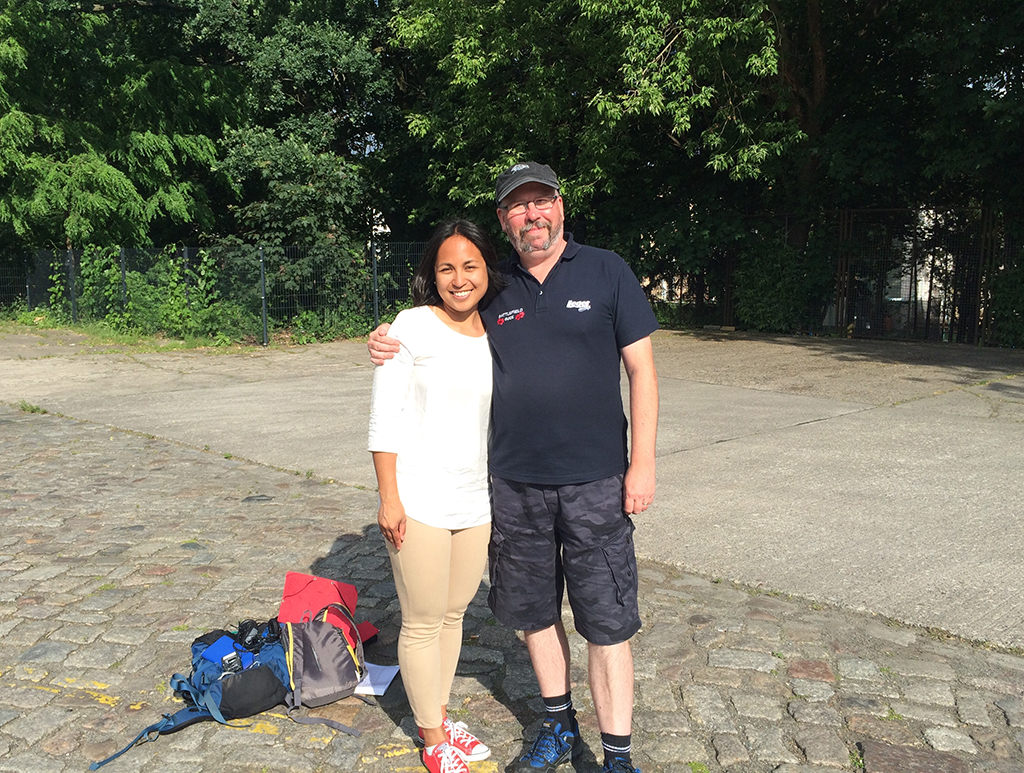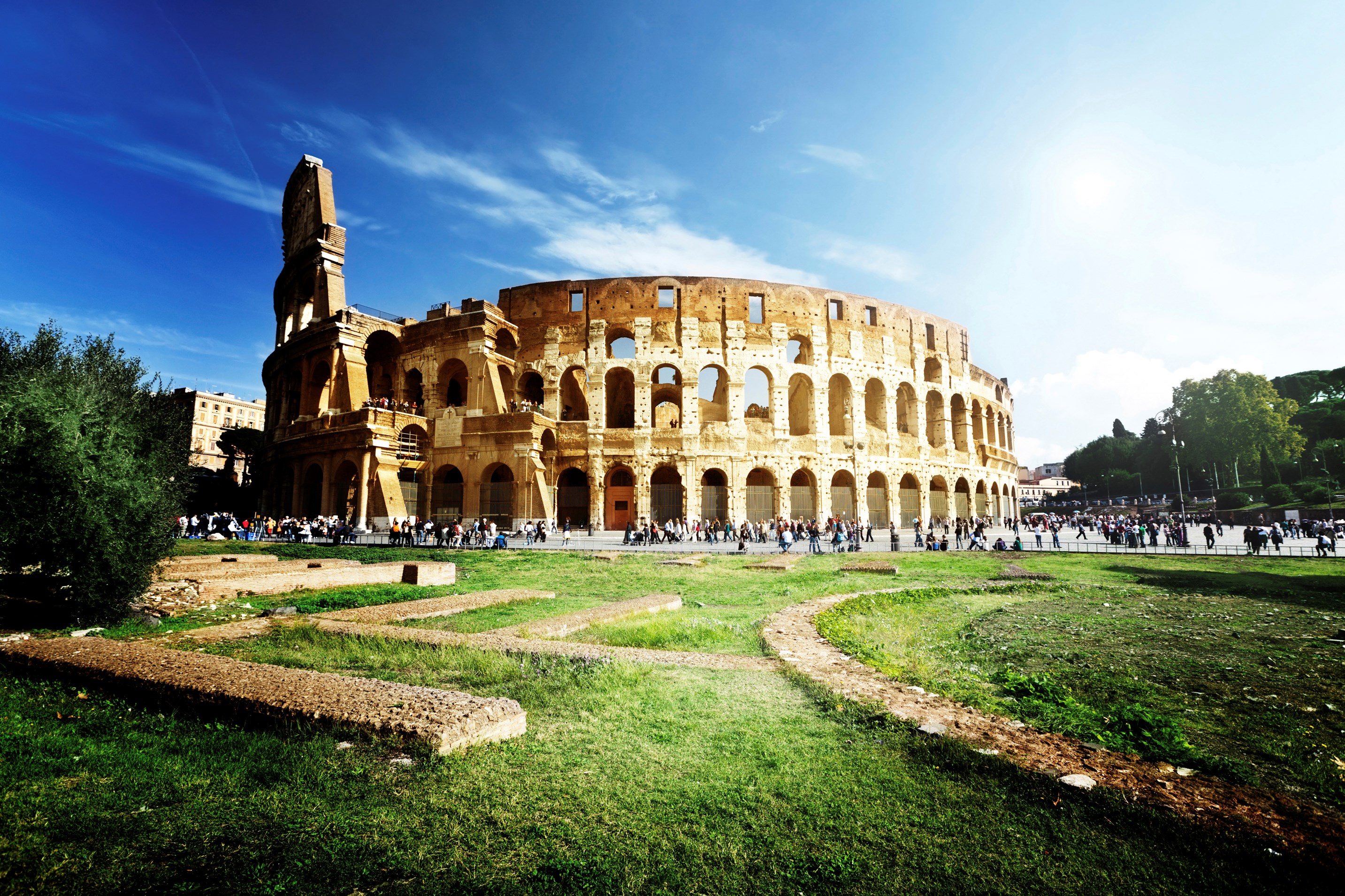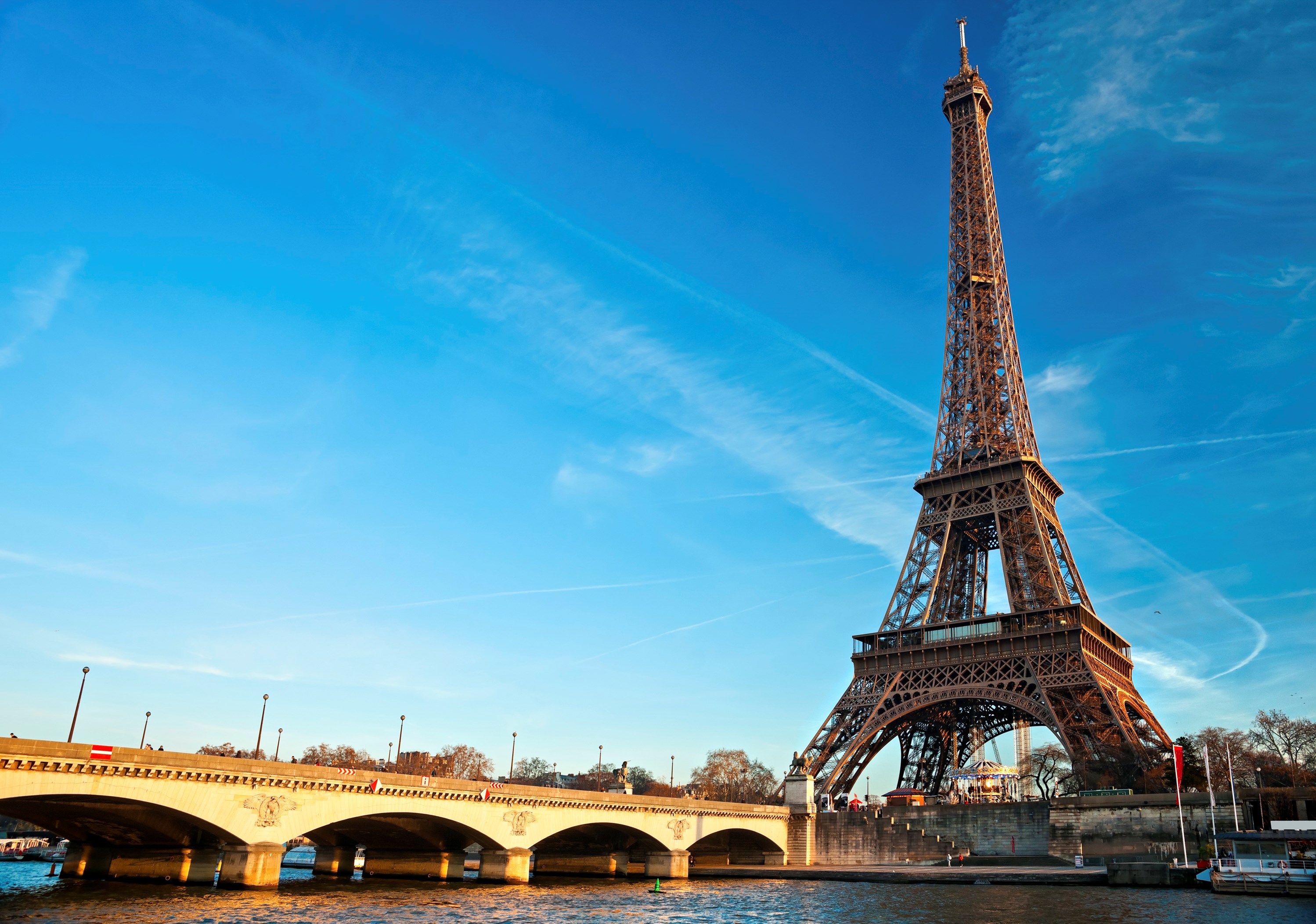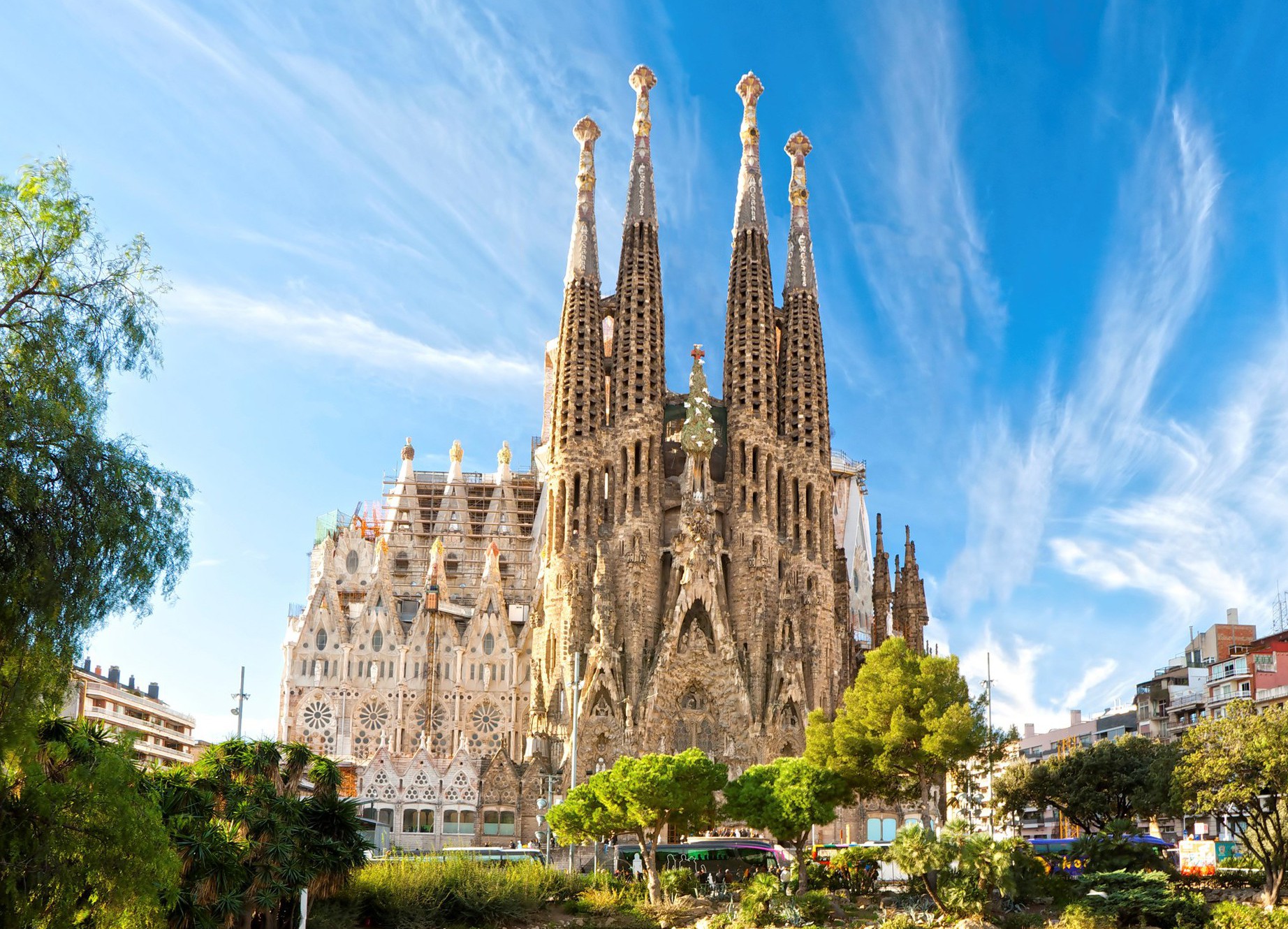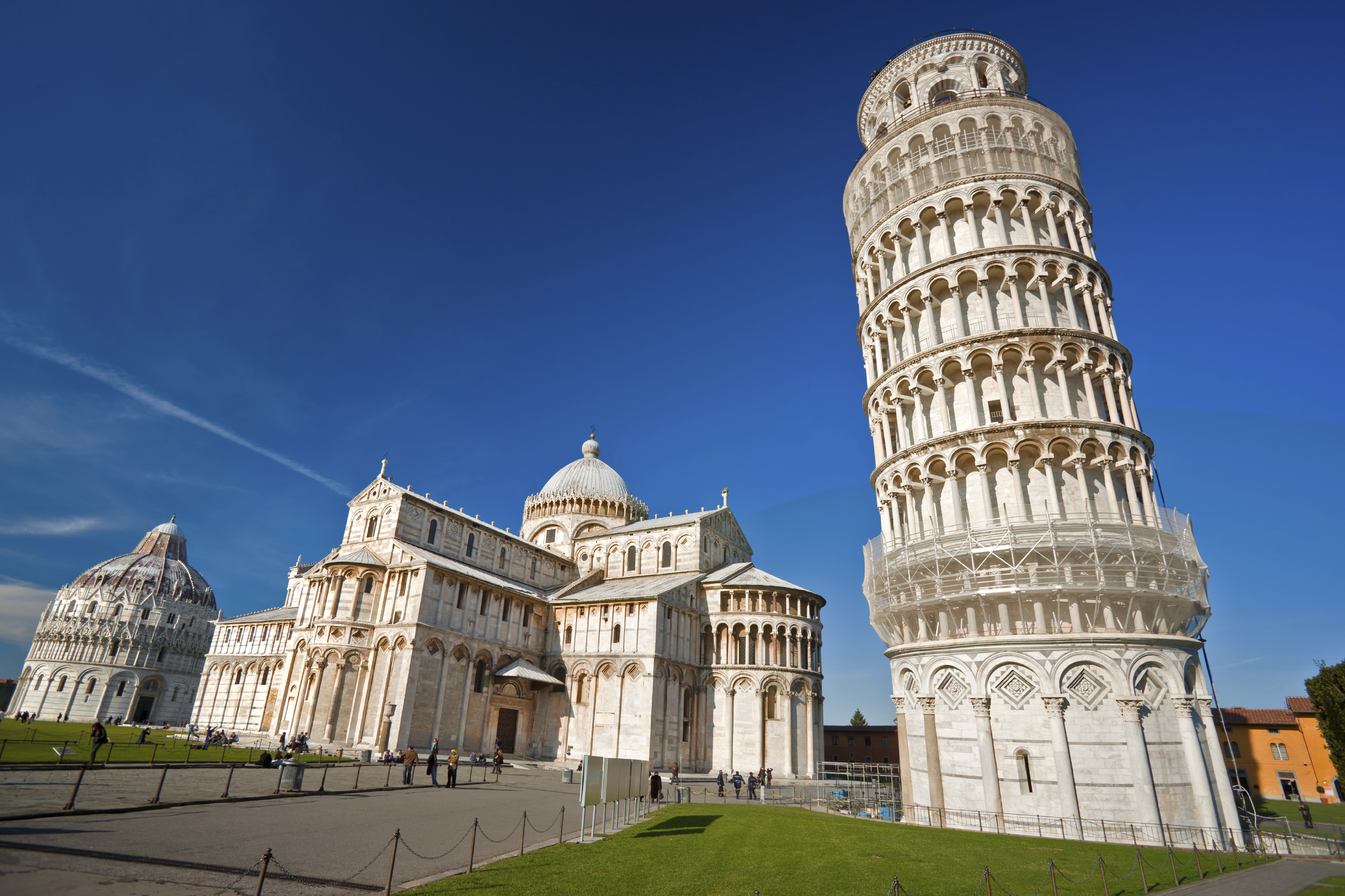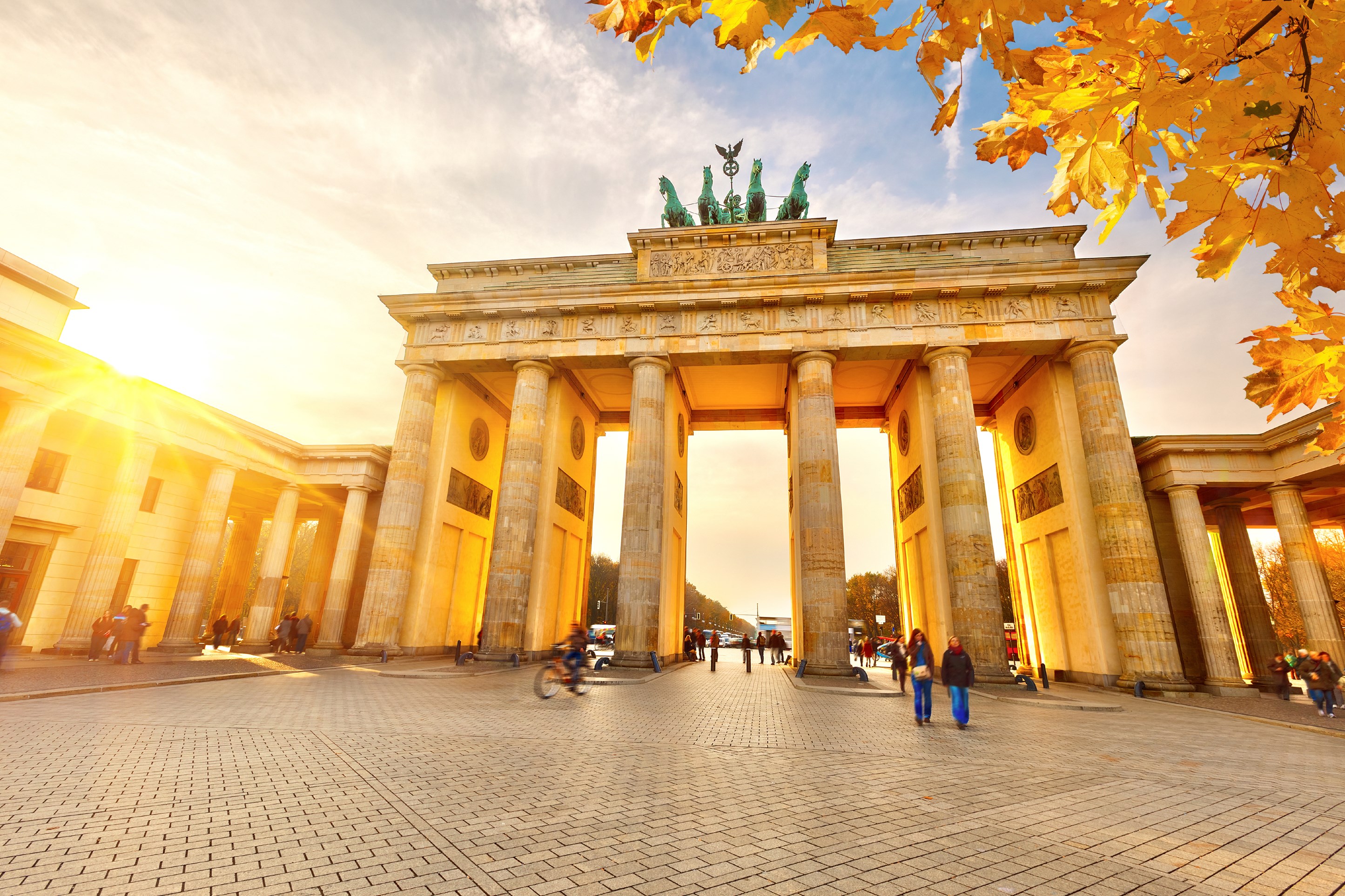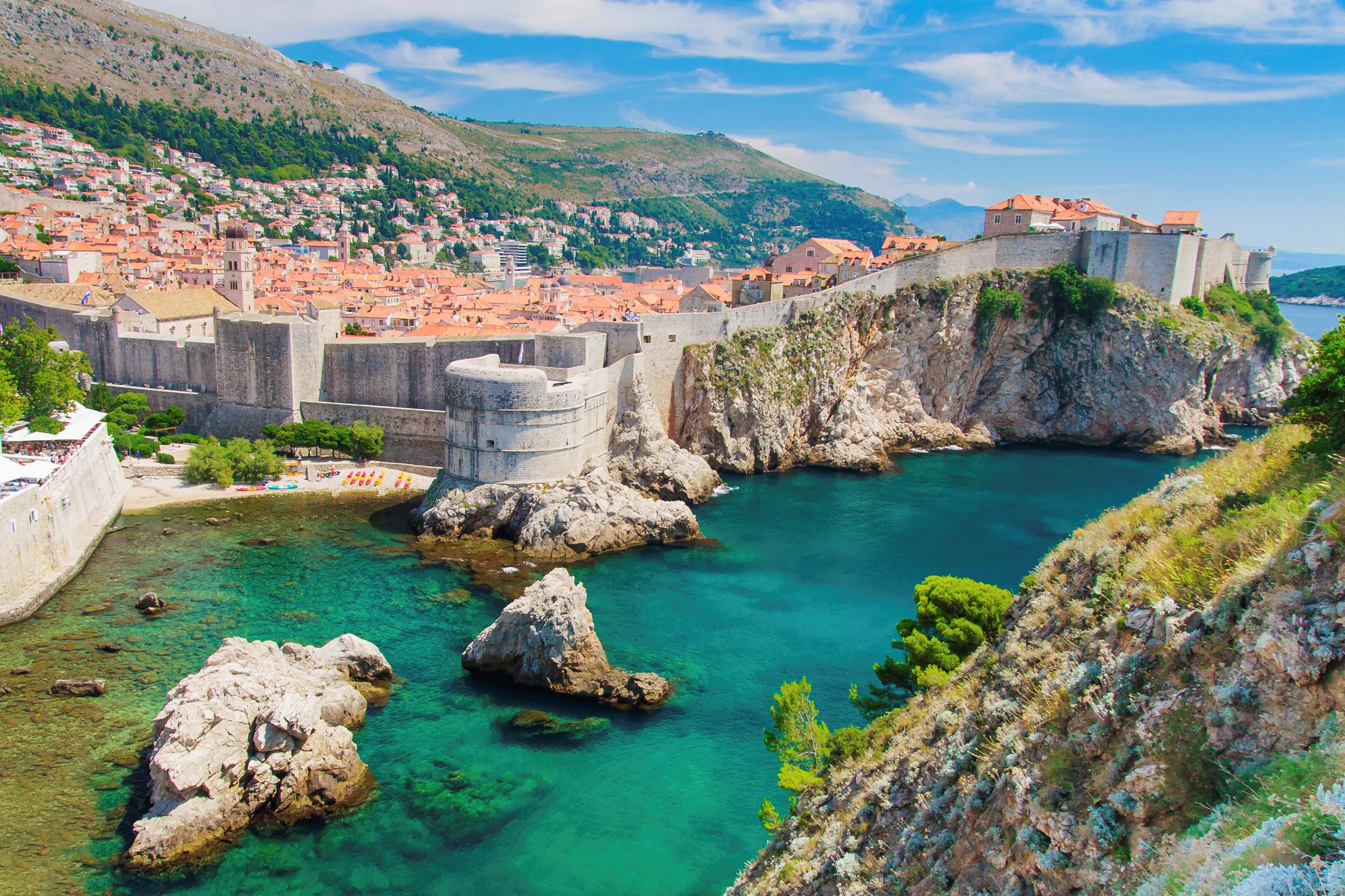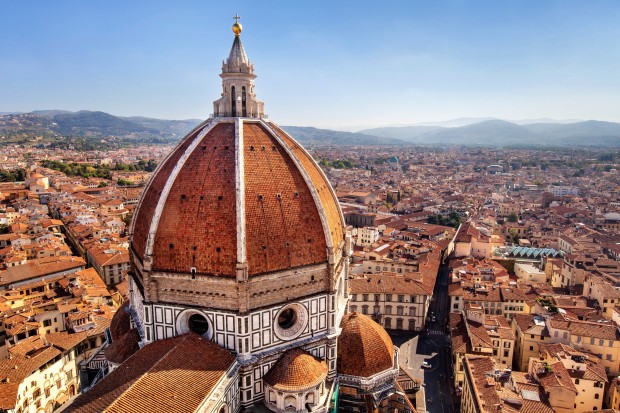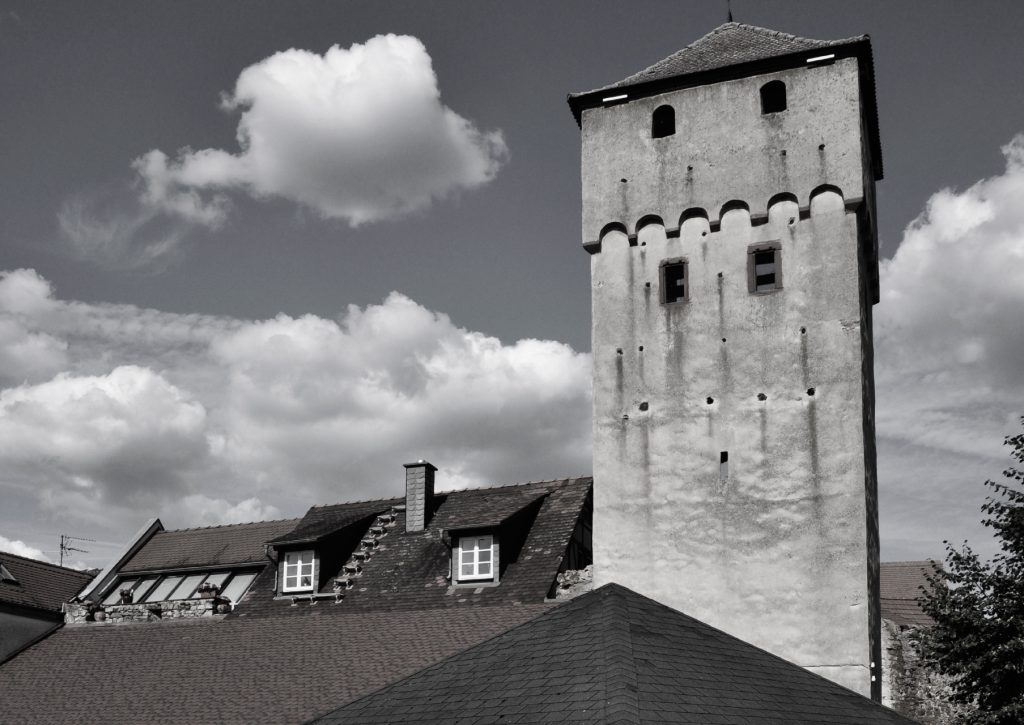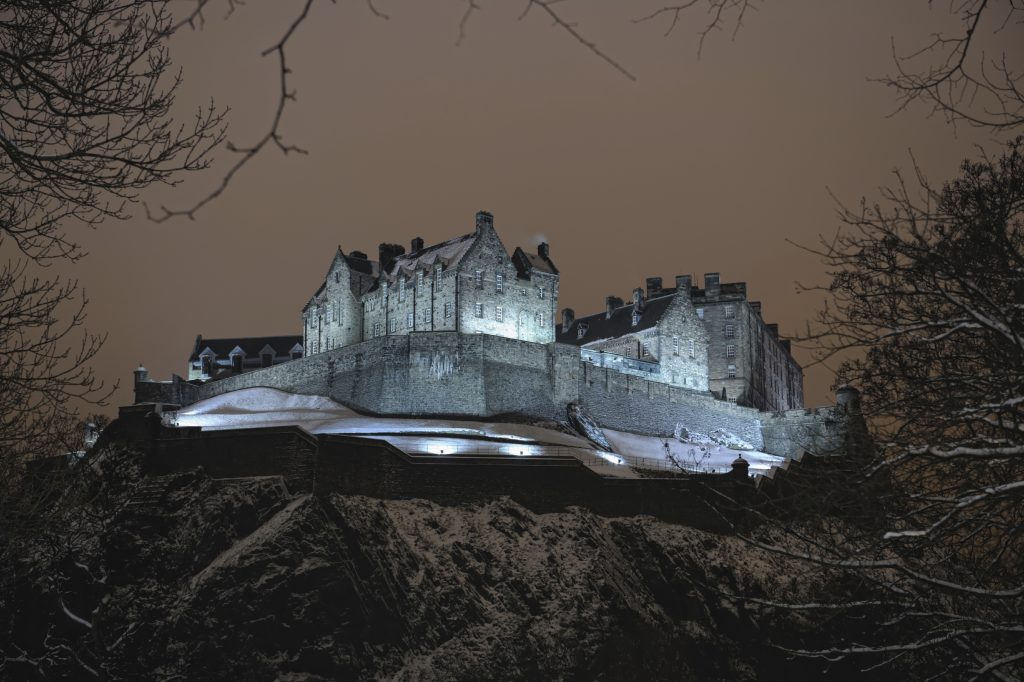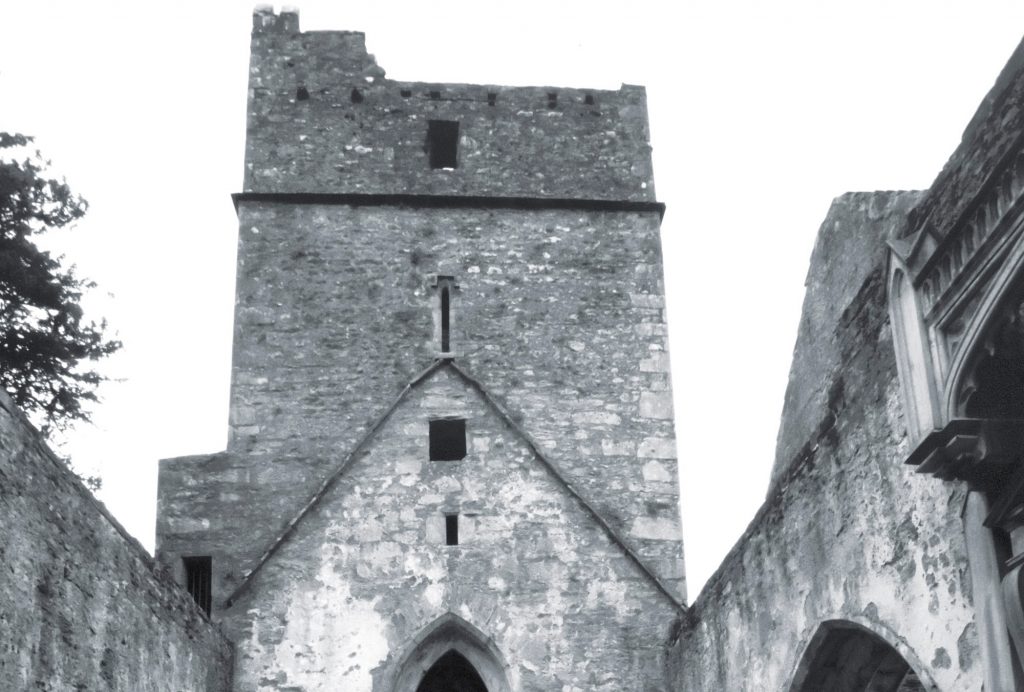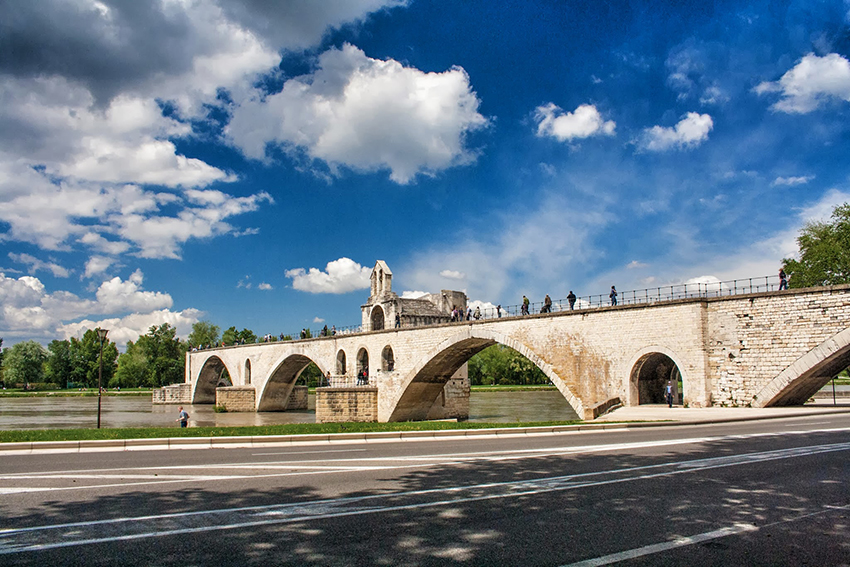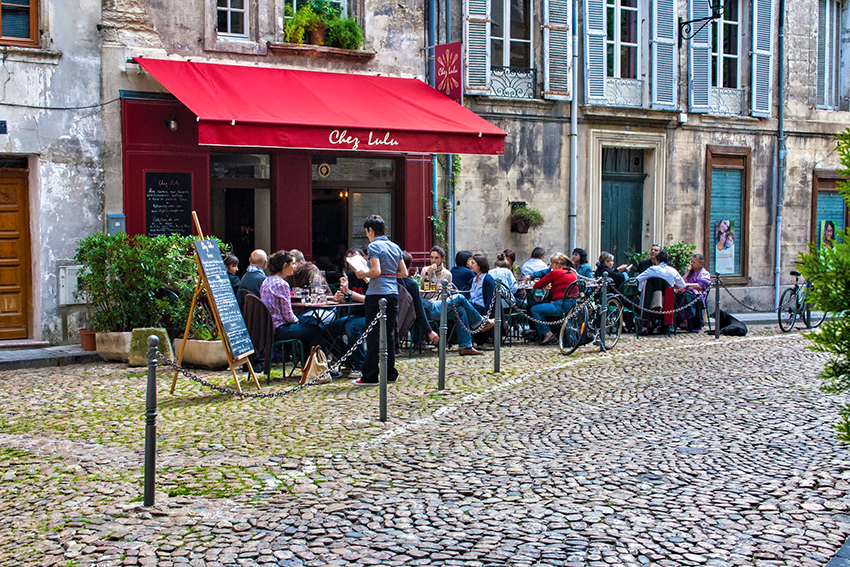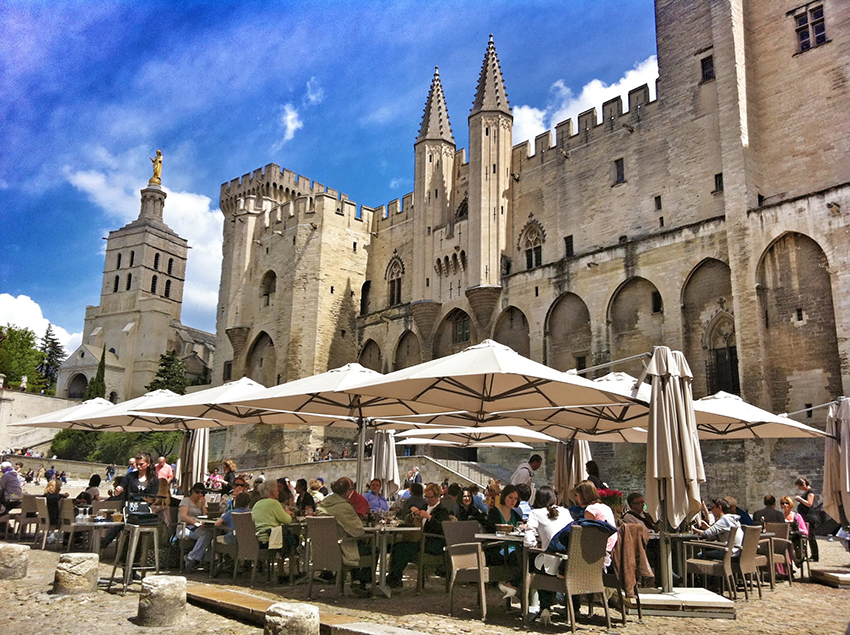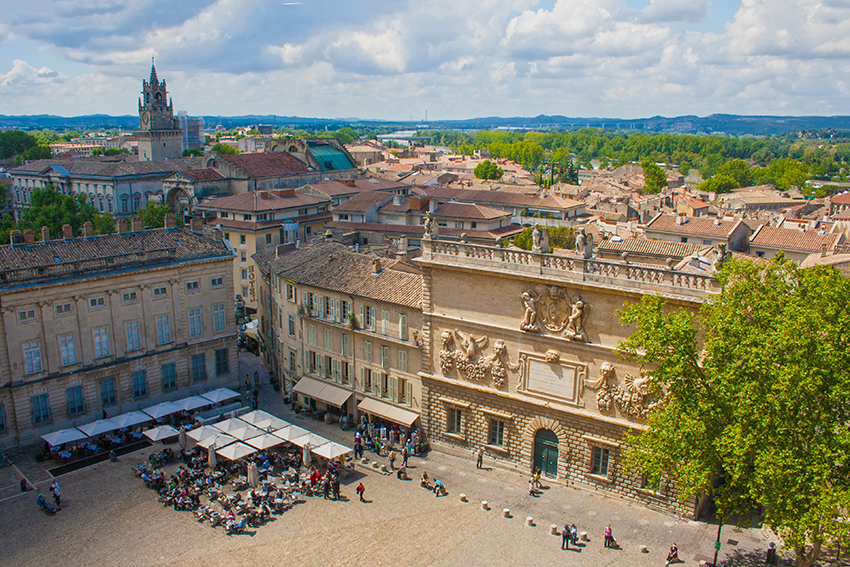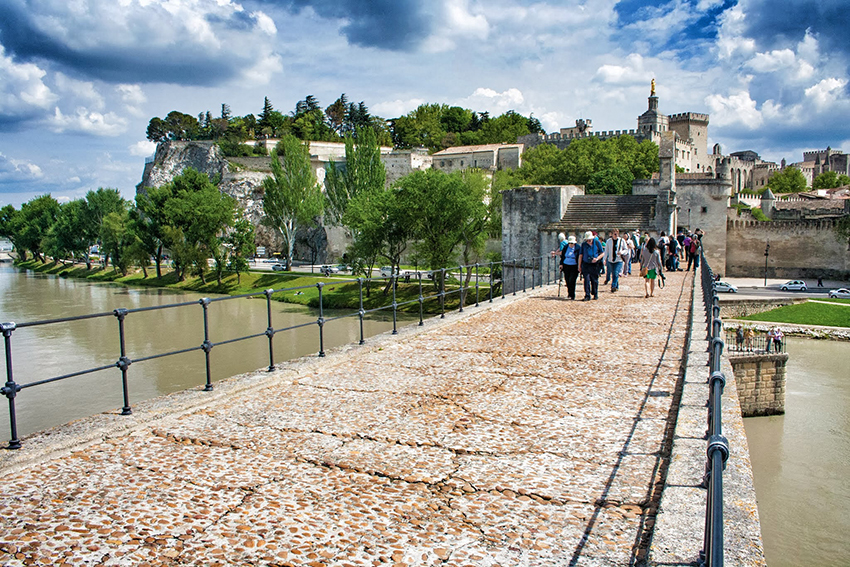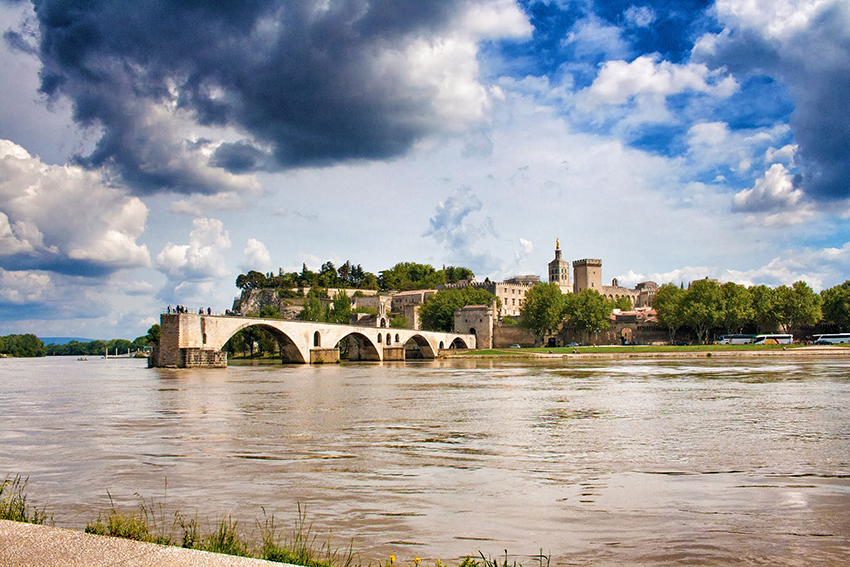Shelley Pascual, a postgraduate student at Cardiff University, recently joined one of our Battlefields groups visiting the infamous visitors spot, Eagles Nest, Germany.
Kindly putting together a blog, capturing her own feelings visiting Adolf Hitler’s Kehlsteinhaus, or, better know to us as the Eagle’s Nest, read more about Shelley’s experience below.
A Trip Up To Eagle’s Nest
After joining a Leger Holidays tour group on their visit to Eagle’s Nest in southern Germany in June, it was plain to see why so many visitors flock to Hitler’s former holiday retreat.
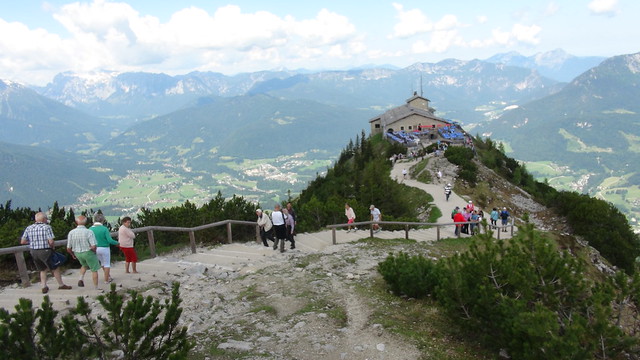
What is today a seasonal restaurant and beer garden with sweeping views of the Bavarian Alps was actually a gift the National Socialist party gave to Hitler on his 50th birthday.
Perched atop a rocky outcrop overlooking the town of Berchtesgaden close to the Austrian border, Eagle’s Nest is just one of the various “iconic and infamous” sites included in the itinerary of The Rise and Fall of the Third Reich, a tour which examines the “dark charisma of Adolf Hitler.” The group I had the pleasure of joining consisted mainly of British pensioners who all seemed to have one thing in common: a healthy fascination for history.
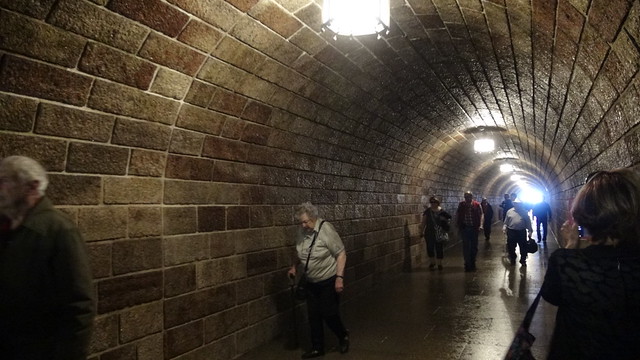
To reach Eagle’s Nest, we first boarded a bus just outside a museum which documents the region’s National Socialist past. After a steep and winding uphill bus ride, we arrived at the entrance of a tunnel in the mountainside. At the end of the tunnel, an elevator would ensure our final ascent up to Eagle’s Nest.
As I slowly made my way through the cool and damp tunnel, however, an unsettling feeling crept over me. It was then that it hit me; I was walking in Hitler’s footsteps. He had once gone through the very same tunnel and taken the same ornate, brass elevator. It was the closest connection I had ever felt to real, atrocious history.
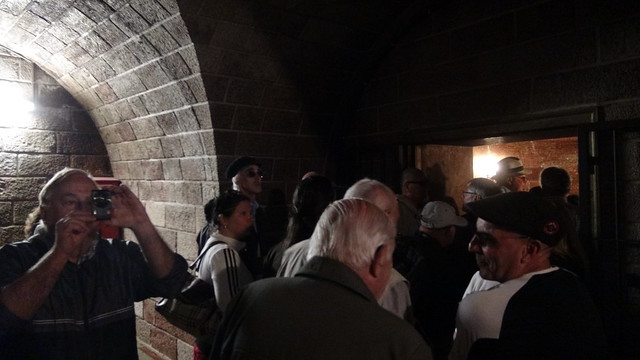
Coming to terms with being physically present where evil decisions were once made in such a spectacular location was something I struggled with. But after speaking with the group’s tour guide and historian, David McCormack, I gained some valuable insight.
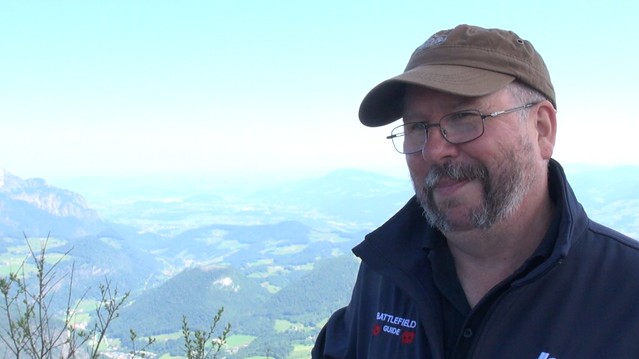
“In the mind, is it difficult to reconcile the beauty with evil,” said David. “These beautiful sites are remote and you need remote locations for decisions about evil to take place. You need to keep these decisions secret.”
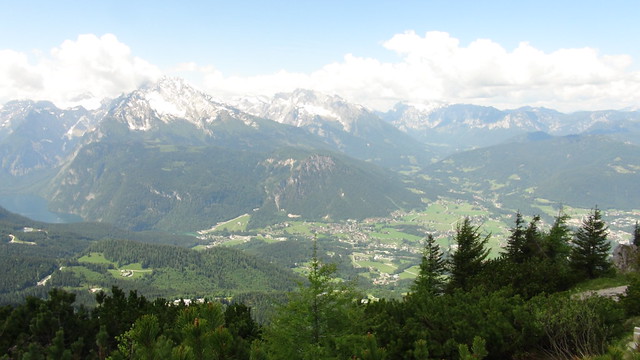
Though it was eerie being at one of the few places in Germany where National Socialist history survives in a solid form, it was also admittedly fascinating. Indeed, people come to Eagle’s Nest for historical interest, for its undeniable beauty, or for both.
“It is seeing the places that the tour members have read about that makes the history come alive for them,” said David. According to him, Third Reich sites should continue to be visited. “If you study the past, you can understand it,” said David. “We can all, then, ensure that history does not repeat itself.”
We would like to thank Shelley for joining us and wish her well during the remainder of her studies.

